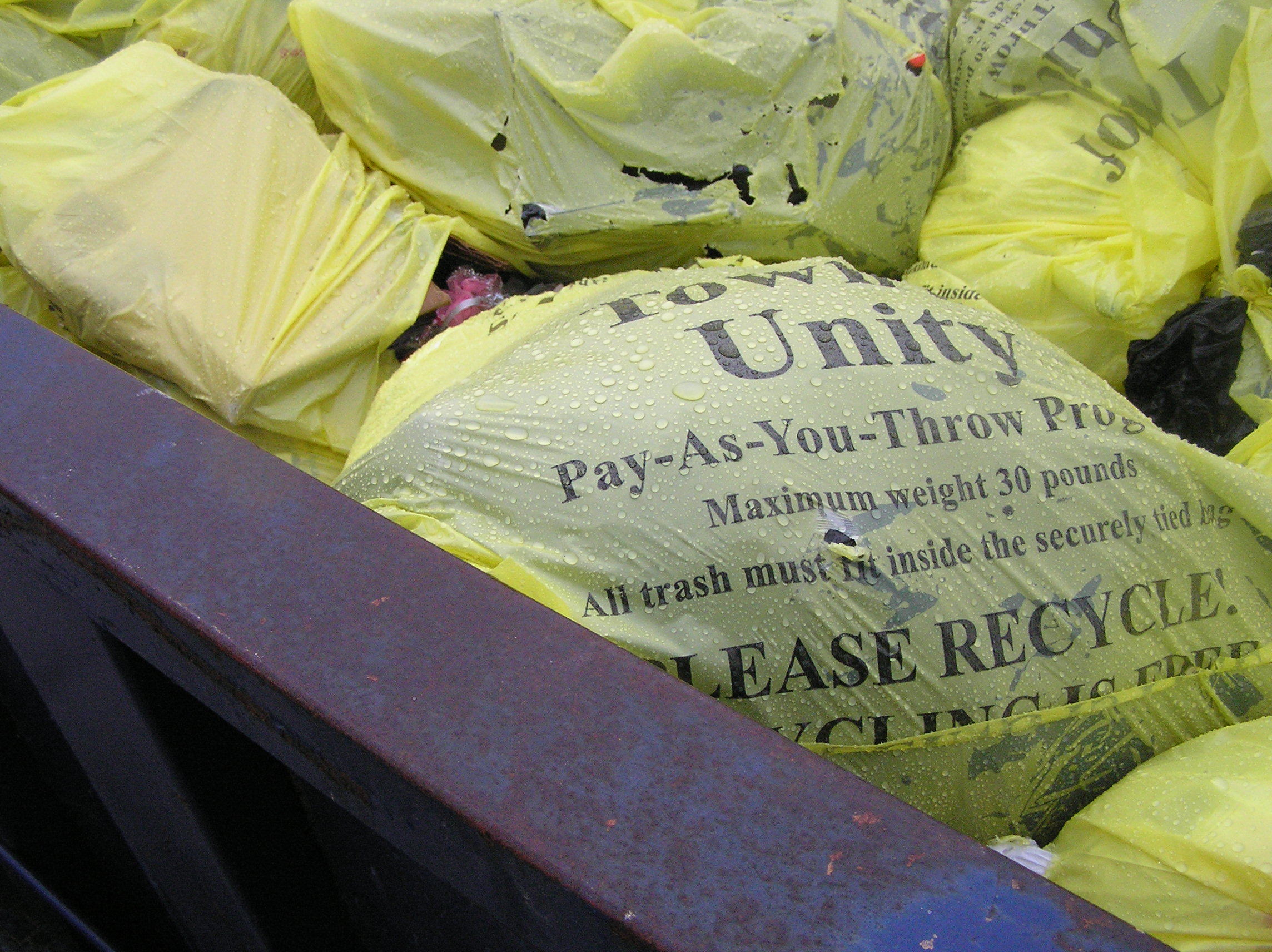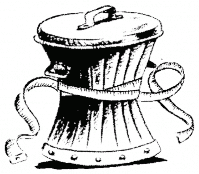Saves natural resources. Waste is not just created when consumers throw items away. Throughout the life cycle of a product from extraction of raw materials to transportation to processing and manufacturing facilities to manufacture and use waste is generated. Reusing items or making them with less material decreases waste dramatically. Ultimately, less material will need to be recycled or sent to landfills or waste combustion facilities.
 Reduces toxicity of waste. Selecting nonhazardous or less hazardous items is another important component of source reduction. Using less hazardous alternatives for certain items (e.g., cleaning products and pesticides), sharing products that contain hazardous chemicals instead of throwing out leftovers, reading label directions carefully, and using the smallest amount necessary are ways to reduce waste toxicity. See the Household Hazardous Waste page for non-toxic product recipes—make your own cleaning products.
Reduces toxicity of waste. Selecting nonhazardous or less hazardous items is another important component of source reduction. Using less hazardous alternatives for certain items (e.g., cleaning products and pesticides), sharing products that contain hazardous chemicals instead of throwing out leftovers, reading label directions carefully, and using the smallest amount necessary are ways to reduce waste toxicity. See the Household Hazardous Waste page for non-toxic product recipes—make your own cleaning products.
Reduces costs. The benefits of preventing waste go beyond reducing reliance on other forms of waste disposal. Preventing waste also can mean economic savings for communities, businesses, schools, and individual consumers.
Communities. More than 7,000 communities have instituted "pay-as-you-throw" programs where citizens pay for each can or bag of trash they set out for disposal rather than through the tax base or a flat fee. When these households reduce waste at the source, they dispose of less trash and pay lower trash bills.
Businesses. Industry also has an economic incentive to practice source reduction. When businesses manufacture their products with less packaging, they are buying fewer raw materials. A decrease in manufacturing costs can mean a larger profit margin, with savings that can be passed on to the consumer.
Consumers. Consumers also can share in the economic benefits of source reduction. Buying products in bulk, with less packaging, or that are reusable (not single-use) frequently means a cost savings. What is good for the environment can be good for the pocketbook as well.
Source: U.S. EPA

 Between 1960 and 2007 the amount of waste each person creates has almost doubled from 2.7 to 4.6 pounds per day. The most effective way to stop this trend is by preventing waste in the first place. When you avoid making garbage, you don't have to worry about disposing of waste or recycling it later. Changing your habits is the key -- think about ways you can reduce your waste when you shop, work and play. There's a TON of ways for you to reduce waste, save yourself some time and money, and be good to the Earth at the same time.
Between 1960 and 2007 the amount of waste each person creates has almost doubled from 2.7 to 4.6 pounds per day. The most effective way to stop this trend is by preventing waste in the first place. When you avoid making garbage, you don't have to worry about disposing of waste or recycling it later. Changing your habits is the key -- think about ways you can reduce your waste when you shop, work and play. There's a TON of ways for you to reduce waste, save yourself some time and money, and be good to the Earth at the same time.